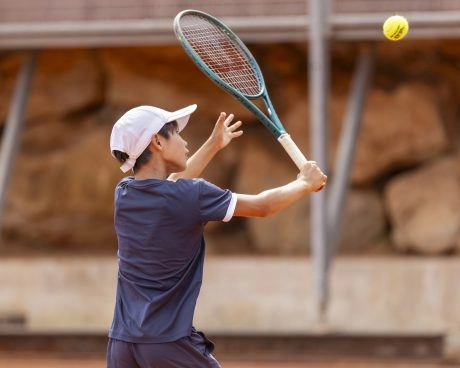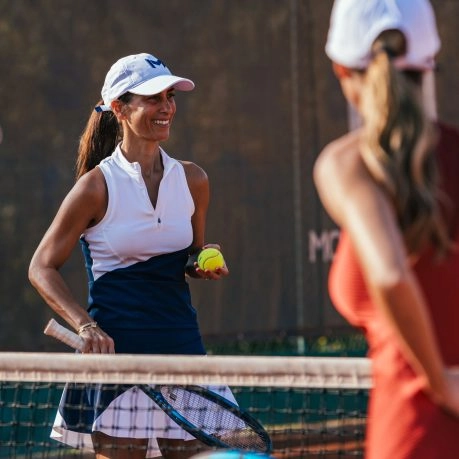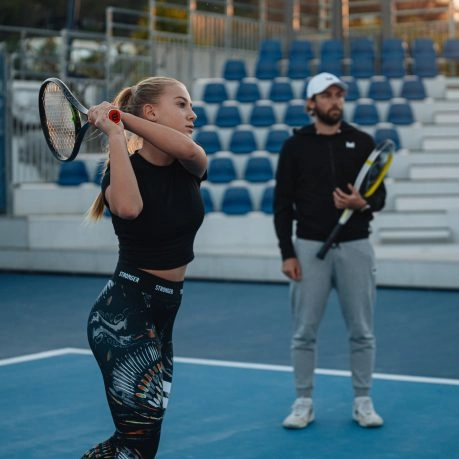The grip
The so-called eastern grip is recommended for backhands because it gives the initial force required to block the ball on the approach (beginners are advised to concentrate on this grip until they have learned to control the racket head with sufficient mastery for all ball heights). Most experienced volleyers prefer to use the hammer grip (or continental grip), which saves time when switching from one shot to another. This grip also makes it easier to perform lifts and drop shots.
























